Analytical Pyrolysis Letters
Analytical Pyrolysis Letters (APL) presents applications in the field of analytical pyrolysis. It includes new research, comments on published material and other types of entries. APL facilitates information and knowledge exchange among pyrolysis researchers but also outreach to other science disciplines and to the general public. Articles in APL have stable URL, and APL is recognized by web search engines that index scholarly literature, such as Google Scholar. As such, APL can be used as a rapid and innovative way of publishing material. Its ISSN is 2659-5605.
Analytical Pyrolysis Letters is an initiative of Pyrolyscience S.L.U. and edited by Joeri Kaal:
If you are interested in contributing to APL:
Recent entries

APL009
We explored the potential of pyrolysis-gas chromatography-mass spectrometry (Py-GC-MS) as a molecular characterization tool for paper envelop materials in nests of the Asian hornet (Vespa velutina Lepeletier, 1836), a runaway invasive species in Western Europe. The results confirm that the envelopes consist predominantly of polysaccharides and lignin, and that especially the lignin composition is useful for tracking vegetation sources of raw materials. The relationships between dominant vegetation and nest composition was smaller than expected and there seems to be no clear preference for a given tree type. Thus, the Asian hornet does not exhibit a specific preference for a particular type of vegetation. Instead, it adapts to the available materials in its environment and uses them conveniently in nest construction. This highlights the high flexibility of the Asian wasp in utilizing the resources of the environment it colonizes. This study contributes to a better understanding of the behavior of V. velutina, which, in turn, helps define appropriate actions to limit its expansion.
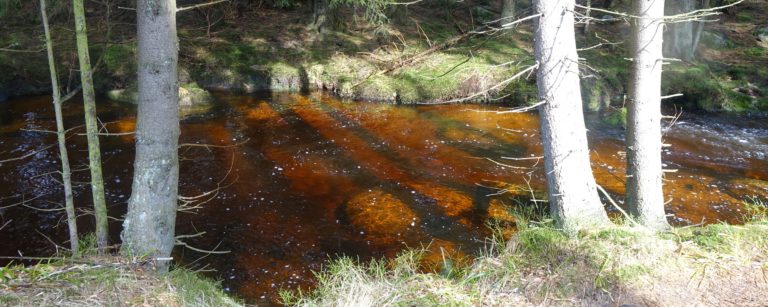
APL008
Streams and reservoirs in the Harz National Park experience high dissolved organic matter (DOM) concentrations, the cause of which is unknown. We studied potential sources of DOM by means of pyrolysis-GC-MS (Py-GC-MS). The biological materials include vegetation samples (spruce, birch, blueberry, heather, sedge, grass, peat moss, epiphytic moss), microbial sources (epilithic biofilm, lichen, fungi) and excremental fabric. In addition to ground biological samples (bulk organic matter; BOM), their leachates (water extraction of BOM samples followed by filtration; WEOM) were analyzed, to obtain knowledge on solid-liquid transfer effects.
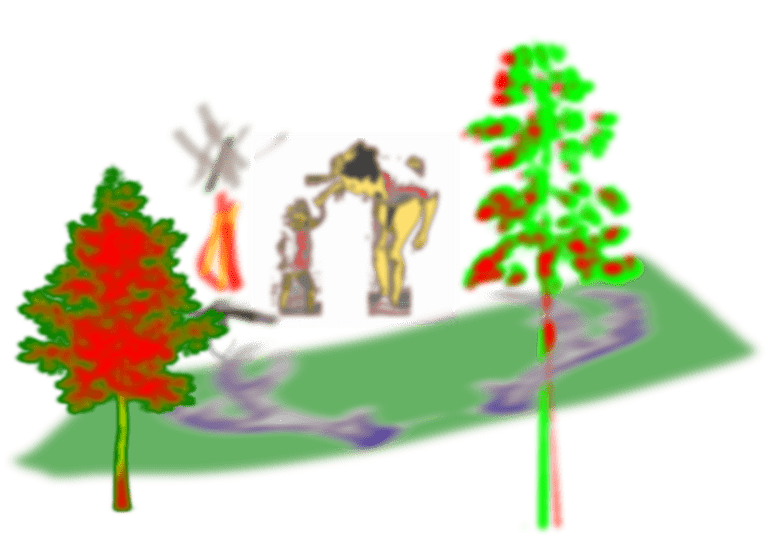
APL007
At the Neolithic site Bastuloken, several subterranean embankments have been identified. The corresponding sediments contain large amounts of bones and lithic elements, indicative of not only massive hunting but possibly also a large (elk) skin processing plant. The present study uses analytical pyrolysis and infrared spectroscopy to track changes in organic matter (OM) composition and relate them to past human activities. It appeared that the sediments contained two layers with a very strong and typical collagen fingerprint (dominated by pyrrole and diketodipyrrole), confirming ubiquitous presence of bone and/or meat (the soils are acidic and most bone materials have dissolved). Also, black carbon was abundant in several layers, which is probably an indication of fireplaces. Thus far, the results fit with the hypothesis of major inputs of animal tissue especially during two phases recorded between 30-45 cm and 60-65 cm depth, the first of which also contains higher inputs of totarol, indicative of the use of resin from Cupressaceae (gymnosperm tree). The level of OM preservation in these Neolithic structures is extraordinarily good and shows huge potential for molecular fingerprinting and deepen our understanding of the activities at this important site and the temporary and spatial variability therein.

APL006
download Analytical pyrolysis in marine environments revisited By Joeri Kaal Abstract This contribution outlines applications of analytical pyrolysis techniques (APTs) –in particular pyrolysis-gas chromatography-mass spectroscopy (Py-GC-MS) and thermally assisted hydrolysis and methylation (THM-GC-MS)– to marine geochemical research. It is subdivided into two main lines, i.e. the results obtained from (1) sedimentary, particulate and dissolved OM from open water environments (estuaries,
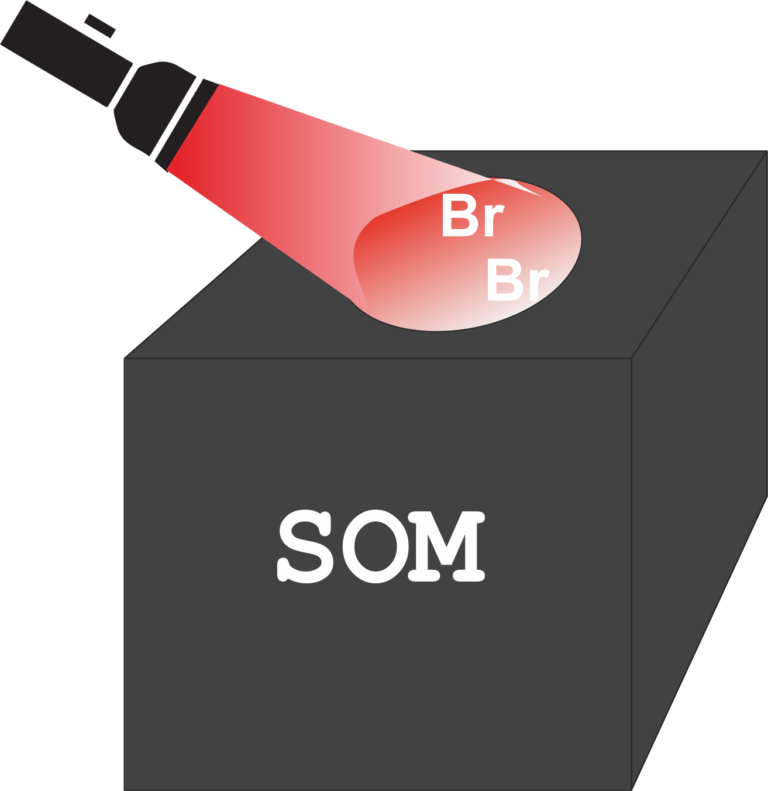
APL005
download Naturally halogenated organic matter in Atlantic rankers is concentrated in microbial rather than pyrogenic moieties By Joeri Kaal and Antonio Martínez Cortizas (Earth System Science, GI-1553, Universidade de Santiago de Compostela, Santiago de Compostela, Spain) Abstract Organohalogens in the environment are a booming research subject, due to their role in many ecosystem functions and ecotoxicology. A
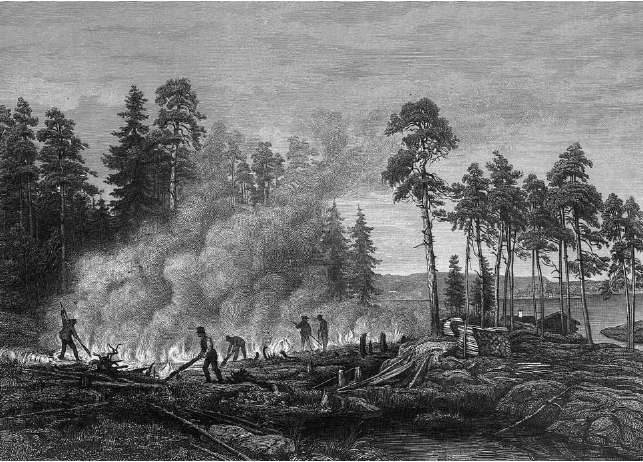
APL004
Molecular properties of soil organic matter in dark buried colluvium from South Germany show abundance of fire residues from Early Neolithic vegetation clearance and slash and burn agriculture. By Joeri Kaal and Sonja Mail:ander. Geoarchaeological surveys in South Germany (Ipf area) showed continuous presence of human occupations since the Palaeolithic and remarkable colluvial soils containing dark buried layers dated to the Neolithic. Here we discuss molecular properties of soil organic matter (SOM) from three of these colluvia by Py-GC-MS.
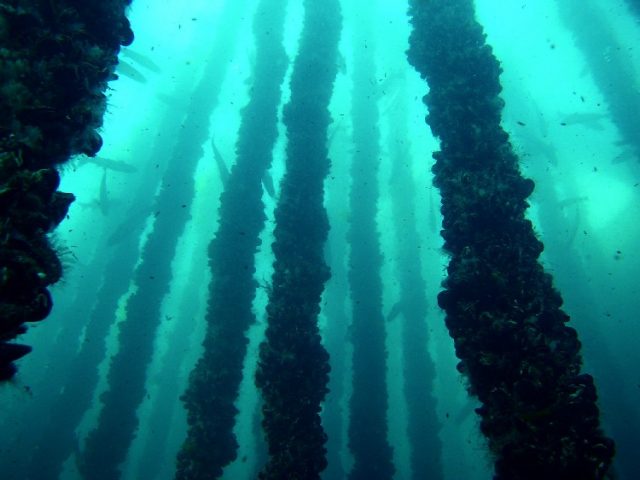
APL003
Sources of organic detritus under mussel farms in the Ría de Betanzos (NW Spain).
By Joeri Kaal and Uxío Labarta
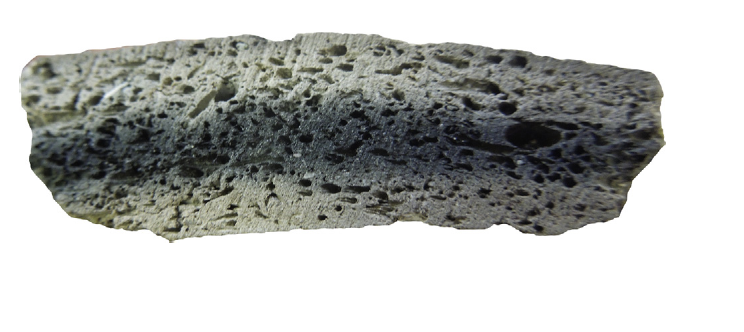
APL002
Itla-okla (Tillandsia usneoides) fibre temper in Pre-Columbian ceramics.
By Joeri Kaal and Zack Gilmore
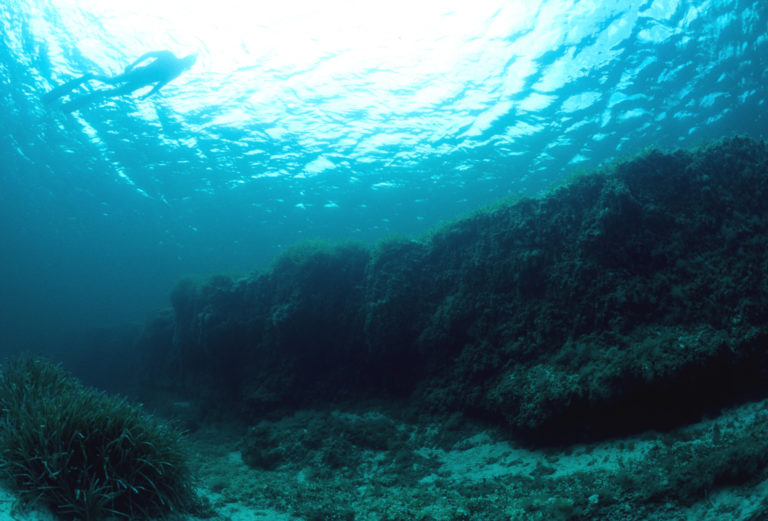
APL001
Chemotyping the lignin of Posidonia seagrasses.
By Joeri Kaal, Oscar Serrano, José-Carlos Del Río and Jorge Rencoret.
Editorial information
Analytical Pyrolysis Letters is an online journal that is edited by Joeri Kaal, from Calle Vallehermoso 15/5-2, 28015 Madrid (Madrid), Spain.
ISSN 2659-5605

